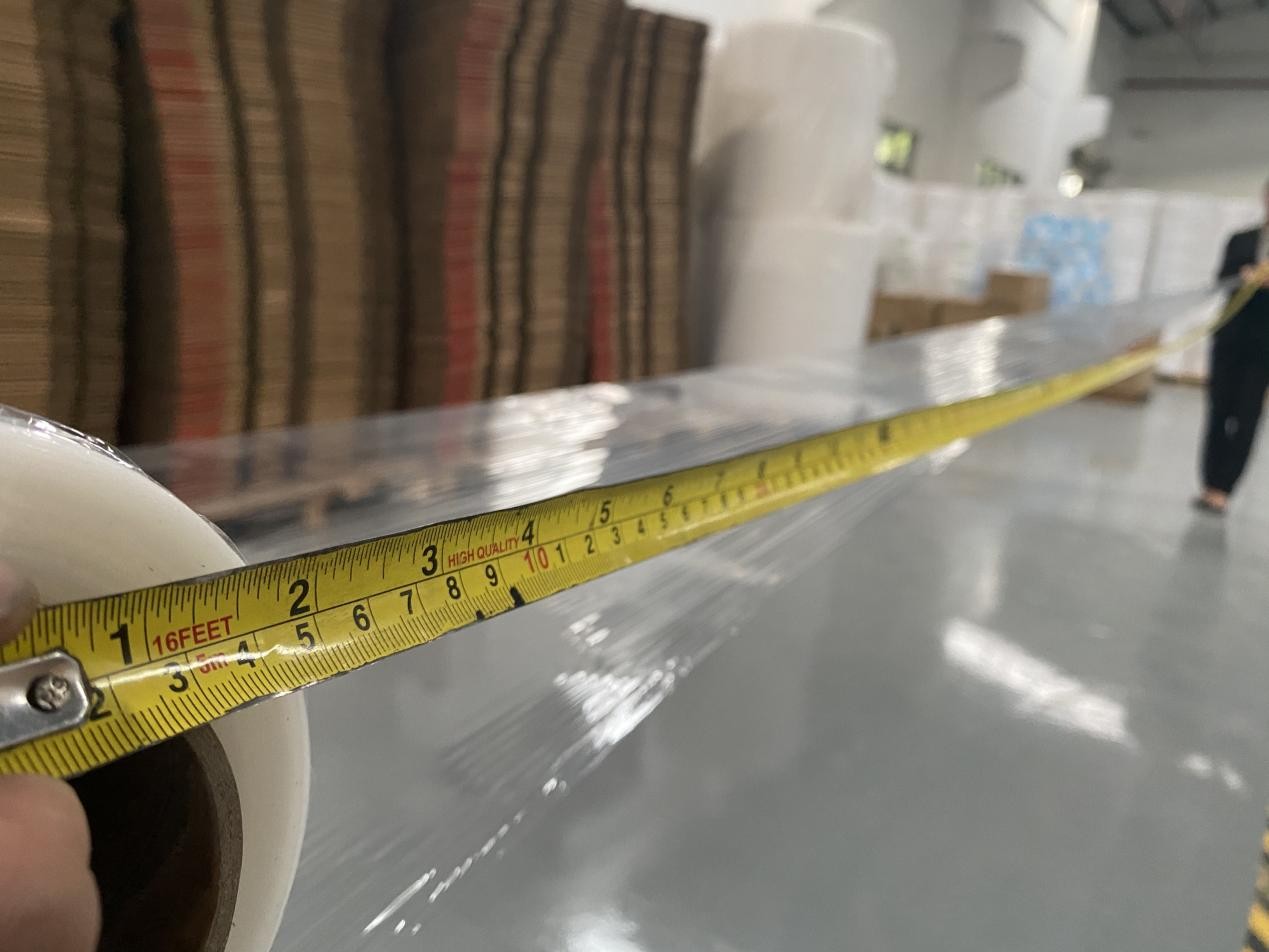01
Definition of Elongation at Break
Elongation at break refers to the ratio of the elongated length of a material under tensile force until it breaks to its original gauge length. It is an important parameter for measuring the toughness of a material, usually expressed as a percentage. A higher elongation at break indicates better toughness of the material, meaning it can withstand greater deformation before breaking.
02
Factors Affecting Elongation at Break – Structure of Polymer Materials
(1) Degree of branching of molecular chains
As we all know, polyethylene with different degrees of branching (such as HDPE, LDPE, and LLDPE) can be prepared through different catalysts and polymerization conditions. Among these three types of PE, HDPE has the lowest degree of branching, followed by LLDPE, and LDPE has the highest degree of branching. Therefore, in actual production, to improve the toughness of products, the proportion of LDPE is generally increased.
(2) Crystallinity
The elongation at break of polymers is affected by their crystallinity and amorphous regions. Crystalline regions usually provide the strength of the material, while amorphous regions allow segment movement, thereby affecting elongation at break. The higher the crystallinity of a polymer material, the lower its elongation at break may be, because crystalline regions restrict the movement of segments.
(3) Crosslinking degree
The degree of crosslinking between molecules also affects elongation at break. Moderate crosslinking can improve the strength and toughness of the material, but excessive crosslinking may cause the material to become brittle, thereby reducing elongation at break.
(4) Orientation of molecular chains
The orientation and arrangement of molecular chains also affect elongation at break. Highly oriented molecular chains may result in higher strength and modulus in certain directions of the material, but may also reduce elongation at break, because oriented segments limit the deformation ability of the material during stretching.
In summary, the structural characteristics of polymer materials, including the degree of branching of molecular chains, intermolecular interactions, crystallinity, intermolecular crosslinking, and the orientation and arrangement of molecular chains, all affect their elongation at break. By regulating these structural parameters, the elongation at break of polymer materials can be optimized to meet specific application requirements.
03
Factors Affecting Elongation at Break – Processing Conditions
(1) Temperature
Processing temperature has a direct impact on the elongation at break of polyethylene. Appropriate processing temperature can ensure the fluidity and uniformity of the material, thereby improving elongation at break. For example, in studies on LLDPE/LDPE blends, controlling the processing temperature can affect the compatibility and thermodynamic behavior of the blend, which in turn affects elongation at break.
(2) Pressure
During extrusion or injection molding, appropriate pressure can promote the uniform arrangement of polyethylene molecular chains, reduce stress concentration inside the material, and thus improve elongation at break.
(3) Shear rate
Changes in shear rate affect the flow behavior of polyethylene melt and the orientation of molecular chains. An appropriate shear rate can promote the extension of polyethylene molecular chains, which helps to improve the elongation at break of the material.
(4) Speed
Slow processing may help reduce internal stress in polyethylene materials, thereby increasing their elongation at break. Fast processing may lead to increased internal stress in the material, reducing elongation at break.
(5) Annealing treatment
Annealing treatment can significantly improve the elongation at break of polymer materials by affecting their microstructure (such as grain size and phase distribution) and internal stress state (reducing internal stress), thereby changing the toughness of the product. The specific improvement effect depends on factors such as the type of material, annealing temperature, and annealing time.
04
Impact of Elongation at Break on Product Performance
(1) Mechanical properties
Elongation at break is an important parameter for measuring the toughness of a material. It reflects the maximum length a material can extend under tensile force. Materials with high elongation at break can withstand greater deformation without breaking when subjected to tensile force, making them more durable and reliable in applications that require repeated stretching or impact.
(2) Aging resistance
In polyethylene (PE) materials, the level of elongation at break directly affects the durability and reliability of the material. For example, the mechanical properties of aged PE materials change because the aging process increases the crystallinity of the material, reduces free volume, and affects the movement of molecular chains, resulting in a decrease in tensile strength and elongation at break.
(3) Safety
In applications where safety is crucial, such as automobiles, construction, and personal protective equipment, materials with high elongation at break can provide additional safety guarantees. They can absorb more energy when impacted, thereby reducing damage to personnel or structures. For products used in flexible packaging, which need to protect internal items from external physical damage, materials with high elongation at break can better absorb and disperse external impact forces, reducing the risk of damage to items during transportation or use, making them safer.
(4) Economy
Choosing materials with appropriate elongation at break can reduce material loss and scrap rate, thereby lowering costs. In addition, high-toughness materials may mean a longer service life, reducing the frequency of replacement, thus saving costs in the long run.
05
Summary
Elongation at break is one of the important properties of packaging products. It reflects not only the toughness of the product but also its safety and economy. In actual production, it is necessary to understand the meaning and influencing factors of elongation at break, and according to product standards, select appropriate materials and formulate appropriate process conditions to produce qualified products.
Post time: Aug-08-2025


